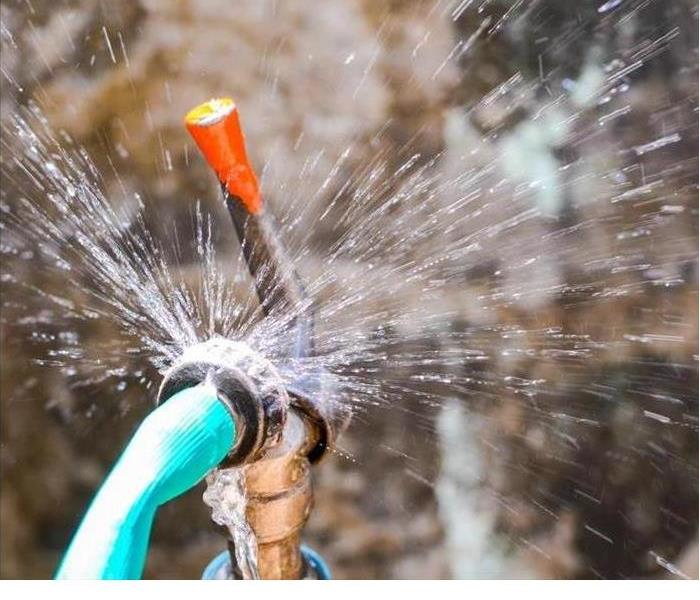A Guide for Sump Pump Maintenance
6/21/2019 (Permalink)
When you live in Kentucky you may find that owning and maintaining a sump pump on your property is a good step for mitigating potential water damage. However, simply installing a pump isn’t always enough.
Proper pump maintenance can also be important when it comes to protecting your home from water damage.
What Is a Sump Pump
The standard use of a sump pump is to keep water from accumulating in or around your home in order to help prevent costly damage that may arise from standing water. In most cases these devices are used in homes built in areas that experience frequent storms, wet climates, or frequent accumulation of water in areas such as a basement.
Some Steps for Maintenance
If you have or are considering installing a pump to combat accumulating water, it’s important to perform regular maintenance. Some steps you may want to take include:
- Inspecting your pump for clogged screens or debris in the intake
- Inspecting the discharge pipe for clogs, gravel, mud or other debris that can affect operation
- Using a GFCI plug outlet for your machine
- Inspecting the cord for wear and tear that could create problems
- When in Doubt Ask for Help
If you feel your pump isn’t working properly, or that you may have too much water for it to handle, it may be time to call a professional for help. They may be able to tell you if there’s something wrong with your pump as well as help identify any issues that may be leading to the excess water. In the event of damage to your property you may want to speak with a water damage professional as well.
When it comes to protecting your home from water damage in Kentucky proper pump maintenance is just as important as having a sump pump installed. Keeping your pump maintained can help ensure it’s in operation when you need it. Remember, if you think there’s a problem with your pump or have more water than normal, it may be time to call a professional.





 24/7 Emergency Service
24/7 Emergency Service
